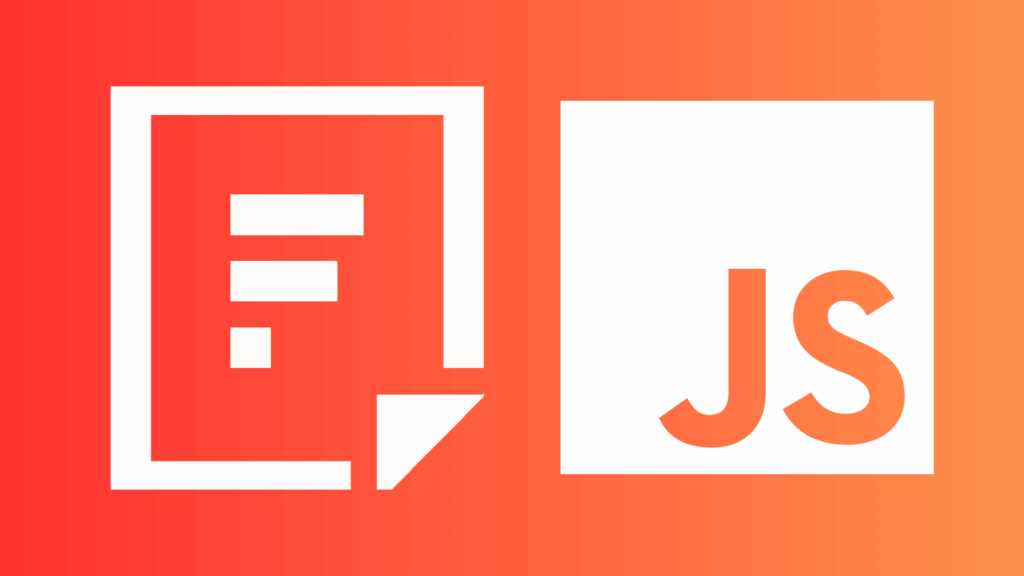File uploads should be simple, but in vanilla JavaScript, they rarely are. You start with an <input type=”file”>, and before you know it, you’re manually manipulating the DOM to show progress bars, writing complex XMLHttpRequest or fetch logic, and trying to manage asynchronous state without the structure of a modern framework. Building a file uploader from scratch is a distraction from your core product.
This guide shows you how to integrate a complete file infrastructure into your JavaScript app so you can get back to building features that matter.
Key Takeaways
- Ship faster
- Cut maintenance costs
- Improve user experience
- Scale without effort
- Focus on your actual product
The Build vs. Buy Trade-off
Choosing to build a file uploader in-house often ignores the long-term costs. The initial development might seem straightforward, but the ongoing maintenance, security, and scaling efforts create a continuous drain on your team’s resources.
Development Timeline
Using a pre-built JavaScript library is orders of magnitude faster than building one from the ground up. What takes a developer a few hours with an SDK would take a team weeks or months to build, test, and deploy themselves.
Total Cost of Ownership
A subscription is predictable. The cost of maintaining a homegrown system is not. Factoring in developer salaries for debugging, security audits, and infrastructure management, the DIY approach quickly becomes the more expensive option.
Get It Running
Here are the three steps to get a working file uploader in your JavaScript project.
1. Add the Script
Include the Filestack script in the <head> of your HTML file.
<script src="//static.filestackapi.com/filestack-js/4.x.x/filestack.min.js"></script>2. Initialize the Client
In your JavaScript file, initialize the client with your API key.
const client = filestack.init('YOUR_API_KEY');
3. Open the Picker
Create a function to open the picker with your desired options. Then, attach that function to a button’s click event.
<!-- In your HTML file -->
<button id="upload-btn">Upload File</button>
// In your JavaScript file
const options = {
onUploadDone: (result) => {
console.log(result.filesUploaded);
},
maxFiles: 5,
accept: 'image/*',
};
const openPicker = () => {
client.picker(options).open();
};
document.getElementById('upload-btn').addEventListener('click', openPicker);
The Headaches of a DIY Uploader in JavaScript
Building a file uploader yourself means you’re signing up for more than just a file input. In vanilla JavaScript, this introduces specific challenges:
- Manual DOM Manipulation: You are responsible for creating, updating, and removing every single HTML element to show file previews, progress bars, and error messages. This is tedious and prone to bugs.
- Callback Hell or Promise Chaining: Managing the asynchronous nature of file uploads means dealing with nested callbacks or complex Promise chains to handle progress, success, and error states correctly.
- Boilerplate XMLHttpRequest: You have to write all the boilerplate for XMLHttpRequest or fetch, including setting headers, handling different response codes, and parsing the response.
- No State Management: Without a framework, you have to manually track the state of each upload in global variables or objects, which can quickly become difficult to manage and debug.
- Cross-Browser Compatibility: Ensuring your uploader works consistently across different browsers is a significant and ongoing challenge.
Using a dedicated SDK lets you sidestep these problems entirely.
What You Get with the JavaScript SDK
The Filestack SDK isn’t just a wrapper around an API; it’s a complete solution that handles the complexities of file uploads in the browser for you. You can also check the Filestack JavaScript documentation in our docs.
- A Pre-built UI: The SDK provides a fully functional and customizable UI out of the box. You don’t have to write a single line of CSS or manipulate the DOM to get a beautiful, user-friendly file picker.
- A Simple, Event-Driven API: Instead of wrestling with callbacks and Promises, you just provide simple options like onUploadDone. The SDK handles the entire asynchronous flow and just tells you when it’s finished.
- No XMLHttpRequest Needed: The SDK manages the entire network request lifecycle, including handling errors and retries. You don’t have to write any low-level networking code.
- Abstracted State: The picker manages its own internal state. You don’t need to track which files are uploading or what their progress is. You just get the final result when it’s done.
In short, the JavaScript SDK lets you treat file infrastructure as a solved problem. You can build a better, more secure product faster because your team can focus on its own business logic, not on reinventing the file uploader from scratch.
A Product Marketing Manager at Filestack with four years of dedicated experience. As a true technology enthusiast, they pair marketing expertise with a deep technical background. This allows them to effectively translate complex product capabilities into clear value for a developer-focused audience.
